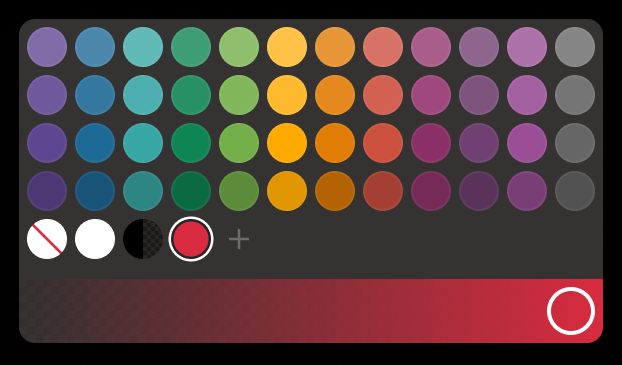- DarkLight
Dynamic Momentum Index (DYMI)
- DarkLight
The Dynamic Momentum Index (DYMI) indicator is very similar to Relative Strength Index (RSI). The only difference is that DYMI uses variable time periods (from 3 to 30) while RSI has a fixed number of them (usually 14). Controlling the number of time periods, DYMI becomes more sensitive to short-term moves than RSI: the more volatile the price, the shorter the time period is.
DYMI = RSI = 100 - 100/1 + RS
StdA = MA10 of StdC5
Vi = StdC5/StdA
TD = INT (14/Vi)
where:
RS – Relative Strength value, requires a look back period which changes in DYMI
Std – standard deviation value used to calculate the number of periods in DYMI
TD – dynamic length, defines how many periods to use for each RS value
MA10 – 10-period Simple Moving Average
StdC5 – five-day standard deviation of closing prices
 Dynamic Momentum IndexINPUTS
Dynamic Momentum IndexINPUTS
| Price |
|---|
The following data sources are available for calculation of DYMI:
|
| Input | Description |
|---|---|
| StDevLength | The number of periods used to calculate the standard deviation value |
| StDevAverageLength | The number of periods used to calculate the moving average of standard deviation |
| DynamicLength | The number of periods used to calculate each RS value |
| MinDynamicLength | The minimum number of periods used to calculate DynamicLenght |
| MaxDynamicLength | The maximum number of periods used to calculate DynamicLength |
| Overbought | The price value to fix the overbought level at |
| Oversold | The price value to fix the oversold level at |
PLOTS
The plot renders the data you are working with on the chart. You can show/hide a plot by clicking the corresponding item in the settings. Every plot has a set of basic settings that you can change: color, weight, and type.
| Plot | Description |
|---|---|
| DYMI | The DYMI plot |
| OverBought | The overbought level |
| OverSold | The oversold level |
| Color |
|---|
Click the color rectangle under the plot's name to open the palette. Use the slider at the bottom to set the opacity of the color.  Palette PaletteTo create a custom color:
The custom-created colors are added to your palette. To remove a custom color, drag it out of the palette. |
| Weight |
| Change the value (in px) to adjust the thickness of the plot. |
| Type |
The following plot types are available:
|
OVERLAYING
Check Overlaying to display the indicator on the chart. Otherwise, the indicator is shown in a study pane down below.


